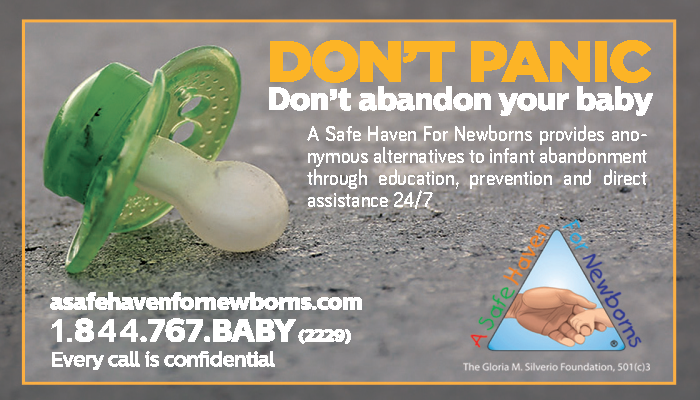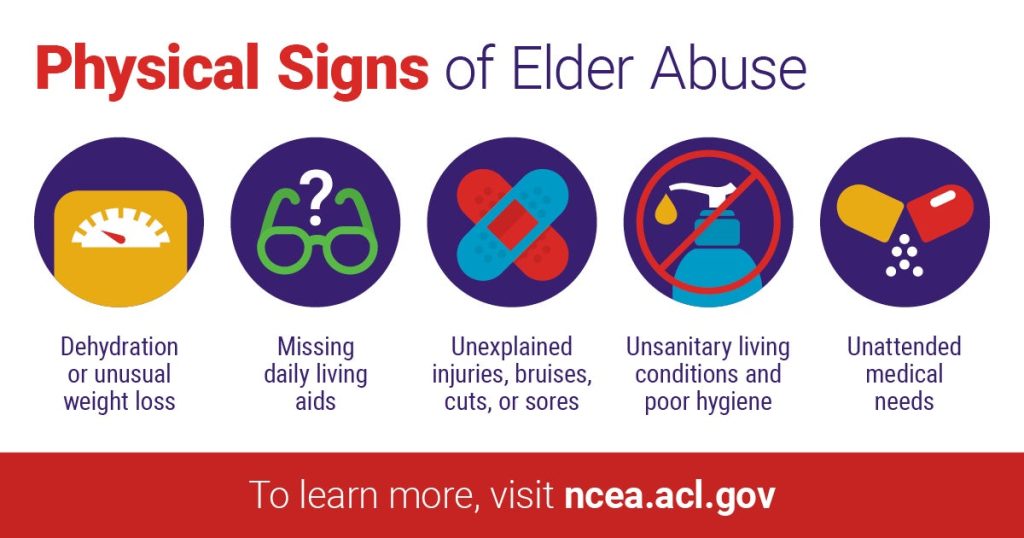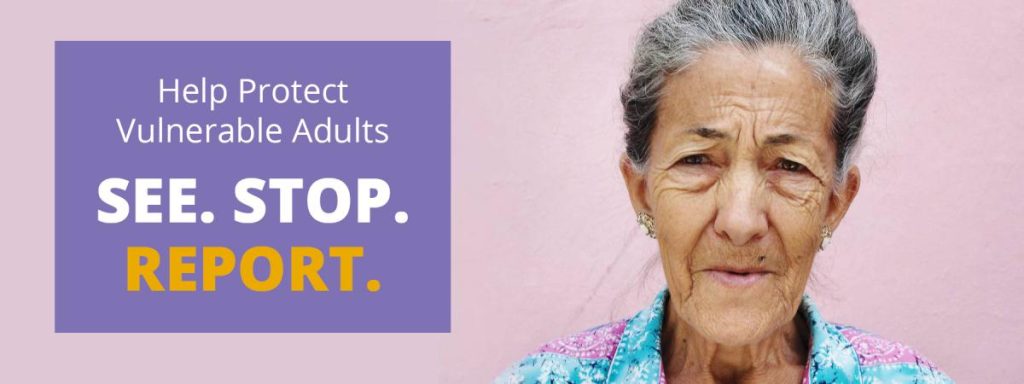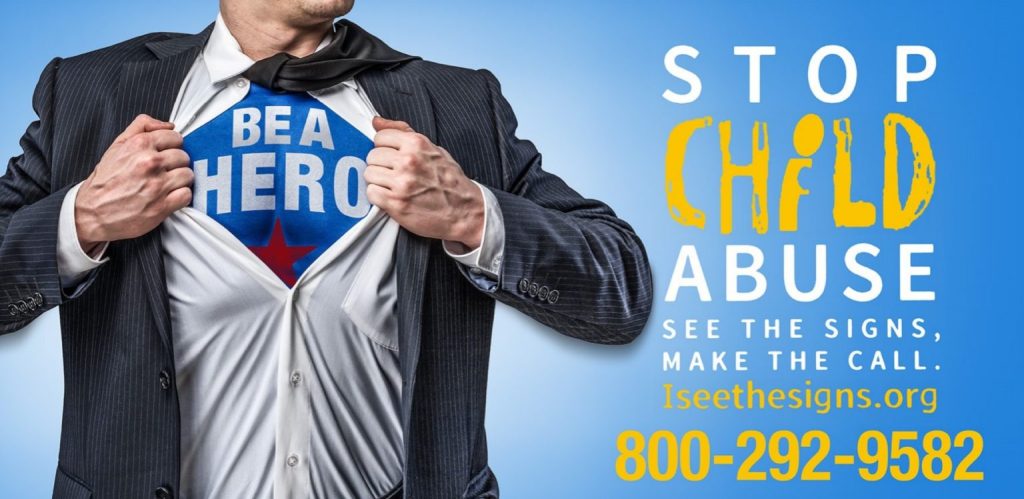Child Neglect and Abuse
All 50 states and the District of Columbia have child abuse and neglect reporting laws that mandate certain professionals and institutions refer suspected maltreatment to a Child Protective Services (CPS) agency. Each state has its own definitions of child abuse and neglect that are based on standards set by federal law. Federal legislation defines child abuse and neglect as, “Any recent act or failure to act on the part of a parent or caretaker which results in death, serious physical or emotional harm, sexual abuse or exploitation, or an act or failure to act, which presents an imminent risk of serious harm.”[1] In 2019 there were 656,000 victims of child abuse and neglect, with a victim rate calculated as 9 victims per 1,000 children across the United States. In addition, 74.9 percent of victims were neglected, 17.5 percent were physically abused, and 9.3 percent were sexually abused. Child fatalities are the most tragic consequence of maltreatment. In 2019 it was estimated that 1,840 children died from abuse and neglect in the United States. The youngest children are the most vulnerable to maltreatment, with 45.4 percent of child fatalities younger than 1 year old. A perpetrator is the person who is responsible for the abuse or neglect of a child. Furthermore, 77.5% of perpetrators are a parent of the victim.[2]
An organization called A Safe Haven for Newborns is dedicated to preventing infant abuse and abandonment through education, prevention, and direct assistance (see Figure 15.4[3]). Call the Helpline at 1-877-440-2229 or visit the A Safe Haven for Newborns website to find local resources.

Signs of Neglect and Abuse
Neglect
Neglect is a situation in which a parent or caretaker fails, refuses, or is unable, for reasons other than poverty, to provide the necessary care, food, clothing, or medical or dental care, which seriously endangers the physical, mental, or emotional health of the child. Signs of child neglect include the following[4]:
- Exhibits poor hygiene or body odor
- Is inappropriately dressed for weather
- Demonstrates needed medical or dental care
- Is left alone unsupervised for long periods of time
- Appears malnourished
- Is constantly hungry or begs for or steals food
- Demonstrates exhibits extreme willingness to please
- Is frequently absent from school
- Arrives early and stays late at school, play areas, or other people’s home
Physical Abuse
Physical abuse is defined as injury inflicted on a child by other than accidental means. Physical injury includes, but is not limited to, lacerations, fractured bones, burns, internal injuries, severe or frequent bruising, or great bodily harm. Signs of physical abuse in children are as follows[5]:
- Bruises and/or welts on face, neck, chest, back, or soft muscle areas less prone to bruising by natural play or accidents (e.g., abdomen, breasts, under arm, inner thigh)
- Injuries in the shape of object (e.g., belt or cord)
- Unexplained burns on palms, soles of feet, or back; a line of demarcation from submerging in hot liquids (e.g., ankles, buttocks, wrists); burns in the shape of object (e.g., fork, cigarette)
- Fractures that do not fit the story of how an injury occurred
- Delay in seeking medical help
- Extremes in behavior (e.g., very aggressive or withdrawn and shy)
- Afraid to go home
- Frightened of parents
- Fearful of other adults
- Failure to thrive
However, some injuries are not visible to observation, such as shaken baby syndrome, a serious brain injury resulting from forcefully shaking an infant or toddler.
Sexual Abuse
Sexual abuse is defined as sexual intercourse or sexual touching of a child; sexual exploitation; human trafficking of a child; forced viewing of sexual activity; or permitting, allowing, or encouraging a child to engage in prostitution. Here are signs of sexual abuse in children[6]:
- Pain, swelling, or itching in genital area
- Bruises, bleeding, discharge in genital area
- Difficulty walking or sitting, frequent urination, or pain
- Stained or bloody underclothing
- Sexually transmitted diseases
- Refusal to take part in gym or other exercises
- Poor peer relationships
- Unusual interest in sex for age
- Drastic change in school achievement
- Runaway or delinquent behavior
- Regressive to behaviors expected for a younger child
Emotional Abuse
Emotional abuse is defined as harm to a child’s psychological or intellectual functioning, which is exhibited by severe anxiety, depression, withdrawal, or aggression. Emotional damage may be demonstrated by substantial and observable changes in behavior, emotional response, or learning that are incompatible with the child’s age or stage of development. Signs of emotional abuse in children include the following[7]:
- Low self-esteem
- Self-denigration
- Severe depression
- Unusual level of aggression
- Severe anxiety
- Extreme withdrawal
- Failure to learn
Child Protective Services
Child Protective Services (CPS) agencies provide services to children and their families, both in their homes and in foster care. Services are provided to prevent future instances of child maltreatment and remedy conditions that brought the children and their family to the attention of the agency.[8]
Elder Neglect and Abuse and Adults at Risk
Elder abuse is a common problem in the United States. Abuse, including neglect and exploitation, is experienced by about 1 in 10 people aged 60 and older who live at home. From 2002 to 2016, more than 643,000 older adults were treated in the emergency department for nonfatal assaults, and over 19,000 homicides occurred. This information is considered an underestimate of the problem because it is limited to those individuals treated in emergency departments and doesn’t include those who do not seek treatment. Victims must decide whether to tell someone they are being hurt or continue being abused by someone they depend upon or care for deeply.[9]
Elder abuse is defined as an intentional act or failure to act that causes or creates a risk of harm to an older adult. An older adult is defined as someone age 60 or older.[10] Adults at risk are also considered vulnerable adults at risk for abuse. Adults at risk are defined as adults who have a physical or mental condition that impairs their ability to care for their own needs.[11] Older adults and adults at risk are potentially susceptible for abuse, neglect, or financial exploitation by caregivers or a person they trust.[12] A caregiver is a person who has taken responsibility for all or part of an individual’s care.
The following are types of elder abuse[13]:
- Physical abuse: Physical abuse refers to illness, pain, injury, functional impairment, distress, or death as a result of the intentional use of physical force and includes acts such as hitting, kicking, pushing, slapping, and burning. See Figure 15.5[14] for an infographic describing physical signs of elder abuse.
- Sexual abuse: Sexual abuse refers to forced or unwanted sexual interaction of any kind. This may include unwanted sexual contact or penetration or non-contact acts such as sexual harassment.
- Emotional abuse: Emotional abuse refers to verbal or nonverbal behaviors that inflict anguish, mental pain, fear, or distress, such as humiliation or disrespect, verbal and nonverbal threats, harassment, and geographic or interpersonal isolation.
- Neglect: Neglect is the failure to meet the person’s basic needs, including food, water, shelter, clothing, hygiene, and essential medical care.
- Financial abuse: Financial abuse is the illegal, unauthorized, or improper use of money, benefits, belongings, property, or assets for the benefit of someone other than the individual.
- Treatment without consent: Treatment without consent refers to the administration of medication or the performance of psychosurgery, electroconvulsive therapy, or experimental research on an individual who has not provided informed consent.
- Unreasonable confinement or restraint: Unreasonable confinement or restraint refers to the intentional and unnecessary confinement of an individual in a locked room, involuntary separation from their living area, use of physical restraints, or the provision of unnecessary or excessive medication. (This does not include the use of these methods or devices if they conform with state and federal standards governing restraint or seclusion.)

Adult Protective Services
Adult Protective Services are available to provide aid to elder adults and adults at risk who have been abused, neglected, or exploited. Adult Protective Services are services provided to an individual with a developmental disability, degenerative brain disorder, serious mental illness, or other incapacity to keep them safe from abuse, neglect, or financial exploitation; prevent them from experiencing deterioration; or stop them from inflicting harm on themself or another person.
Protective services may include outreach, counseling, and referral for services; coordination of services for individuals; and tracking and follow-up. See Figure 15.6[15] for an illustration related to reporting concerns about vulnerable adults.

Find resources in your area for reporting elder abuse at the National Adult Protective Services Association website.
Read more about protective services in your state. Here are links to Wisconsin’s Adult Protective Services.
Find elder care resources in your community at Eldercare Locator
Mandatory Reporting
Mandated reporters are required by law to report suspected abuse and neglect they see in the course of their professional duties. Nurses and other professionals are referred to as mandated reporters because they are required by state law to report suspected neglect or abuse of children, adults at risk, and the elderly. Nurses should be aware of the county or state agencies to whom they should report suspected abuse. For example, in Wisconsin, suspected neglect or abuse is reported to the Child Protective Services (CPS) or law enforcement. Persons required to report and who intentionally fail to report suspected child abuse or neglect may be fined up to $1,000 or imprisoned for up to six months or both.[16] See Figure 15.7[17] for an image related to reporting suspected abuse and neglect.

What to Report
Mandatory reporters who suspect neglect or abuse should contact their county social/human services department, sheriff, or local police department immediately. When making a report, explain what happened or is happening to the child or vulnerable adult. Describe the nature of the abuse or neglect and be as specific as possible. Be prepared to give the name, DOB, address, and telephone number of the victim, as well as the name of their parent or caregiver. Include information on any known or reported Native American ancestry. If you do not know all of this information, report what you do know and explain all you know about the situation and family dynamics.[18]
When a report is filed, the receiving department will make a safety screening determination based on state statutes. If the report meets the criteria for alleged maltreatment, a social worker from the county department of social/human services will proceed with an investigation of the reported maltreatment and work with the parents to assess the situation to determine if any support or assistance is needed to protect the child or vulnerable adult and help the family.[19]
Find resources in your area for reporting suspected child abuse at ChildHelp National Child Abuse Hotline.
Read more about protective services in your state. Access Wisconsin’s information at Child Protective Services.
- Administration for Children & Families. (2021). Child maltreatment 2019. [Report]. U.S. Department of Health & Human Services. https://www.acf.hhs.gov/cb/report/child-maltreatment-2019 ↵
- Administration for Children & Families. (2021). Child maltreatment 2019. [Report]. U.S. Department of Health & Human Services. https://www.acf.hhs.gov/cb/report/child-maltreatment-2019 ↵
- “bc-english-ashfnb” by A Safe Haven for Newborns is used under Fair Use. Access for free at https://asafehavenfornewborns.com/international-safe-haven/ ↵
- Wisconsin Department of Children and Families. (n.d.). Signs of child abuse and neglect. https://dcf.wisconsin.gov/cps/signs ↵
- Wisconsin Department of Children and Families. (n.d.). Signs of child abuse and neglect. https://dcf.wisconsin.gov/cps/signs ↵
- Wisconsin Department of Children and Families. (n.d.). Signs of child abuse and neglect. https://dcf.wisconsin.gov/cps/signs ↵
- Wisconsin Department of Children and Families. (n.d.). Signs of child abuse and neglect. https://dcf.wisconsin.gov/cps/signs ↵
- Administration for Children & Families. (2021). Child maltreatment 2019. [Report]. U.S. Department of Health & Human Services. https://www.acf.hhs.gov/cb/report/child-maltreatment-2019 ↵
- Centers for Disease Control and Prevention. (2021, June 2). Preventing elder abuse. https://www.cdc.gov/violenceprevention/elderabuse/fastfact.html ↵
- Centers for Disease Control and Prevention. (2021, June 2). Preventing elder abuse. https://www.cdc.gov/violenceprevention/elderabuse/fastfact.html ↵
- Wisconsin Department of Health Services. (2018, November 13). Adult protective services: Definitions. https://www.dhs.wisconsin.gov/aps/definitions.htm#Abuse ↵
- Centers for Disease Control and Prevention. (2021, June 2). Preventing elder abuse. https://www.cdc.gov/violenceprevention/elderabuse/fastfact.html ↵
- Centers for Disease Control and Prevention. (2021, June 2). Preventing elder abuse. https://www.cdc.gov/violenceprevention/elderabuse/fastfact.html ↵
- “Signs of Elder Abuse - Physical” by National Council on Aging is used under Fair Use. Access for free at https://www.ncoa.org/article/get-the-facts-on-elder-abuse ↵
- “APS_header_3.jpg” by unknown author for Washington State Department of Social and Health Services is used under Fair Use. ↵
- Wisconsin Department of Children and Families. (2019). It shouldn’t hurt to be a child… but sometimes it does. [Brochure]. https://dcf.wisconsin.gov/files/publications/pdf/0101.pdf ↵
- “stop-child-abuse-see-the-signs-make-the-call-1536x748.jpg” by unknown author for Delaware Department of Services for Children, Youth & Their Families is used under Fair Use. ↵
- Wisconsin Department of Children and Families. (2019). It shouldn’t hurt to be a child… but sometimes it does. [Brochure]. https://dcf.wisconsin.gov/files/publications/pdf/0101.pdf ↵
- Wisconsin Department of Children and Families. (2019). It shouldn’t hurt to be a child… but sometimes it does. [Brochure]. https://dcf.wisconsin.gov/files/publications/pdf/0101.pdf ↵
When a parent or caretaker fails, refuses, or is unable, for reasons other than poverty, to provide the necessary care, food, clothing, or medical or dental care, which seriously endangers the physical health of the child.
Defined as injury inflicted on a child by other than accidental means.
Sexual intercourse or sexual touching of a child; sexual exploitation; sex trafficking of a child; forced viewing of sexual activity; or permitting, allowing, or encouraging a child to engage in prostitution.
Harm to a child’s psychological or intellectual functioning, which is exhibited by severe anxiety, depression, withdrawal, or aggression.
Adults who have a physical or mental condition that impairs their ability to care for their own needs.
A person who has taken responsibility for all or part of an individual's care.
Individuals required by state law to report suspected neglect or abuse of children, adults at risk, and the elderly.

